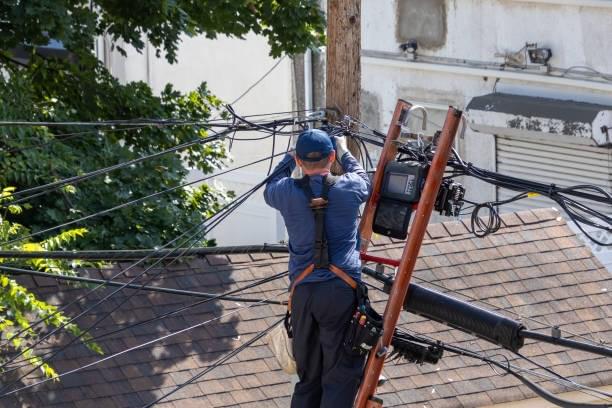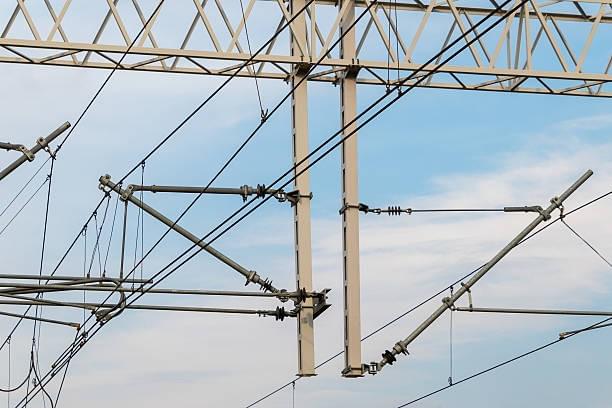Introduction
Power transmission is a complex engineering marvel where every detail matters. Among the critical technical parameters, the relationship between pole height and voltage level stands out as a fundamental aspect of electrical infrastructure design. This blog post will explore how voltage levels directly influence pole height and why understanding this connection is crucial for safe and efficient power distribution.

The Basics of Pole Height and Voltage Correlation
Low-Voltage Distribution Lines (10 kV and Below)
For low-voltage networks, pole heights typically range from 10-12 meters. These shorter poles are ideal for:
- Rural power distribution
- Urban electrical networks
- Basic safety and transmission requirements

Medium-Voltage Lines (35 kV)
Medium-voltage transmission demands more robust infrastructure:
- Pole heights of 15 meters
- 2-3 insulator discs
- Enhanced structural strength
- Improved insulation performance
High-Voltage Transmission Lines (110 kV and Above)
High-voltage networks require significantly taller structures:
- Steel tube or iron towers exceeding 20 meters
- Multiple insulator discs
- Complex wire splitting configurations
- Stringent safety distance requirements

Factors Influencing Pole Height Beyond Voltage
While voltage is a primary determinant, additional factors include:
- Terrain conditions
- Local climate environment
- Wire sag characteristics
- Specific installation requirements
Engineering Considerations in Pole Height Design
Power engineers must balance multiple considerations:
- Safety standards
- Transmission efficiency
- Structural stability
- Economic feasibility
Conclusion
The relationship between pole height and voltage level is not a simple linear equation but a complex interplay of technical requirements. Understanding these nuanced connections ensures the development of reliable, safe, and efficient electrical transmission infrastructure.
As technology advances, we can expect continued innovation in power transmission design, with increasingly sophisticated approaches to pole height and voltage level integration.